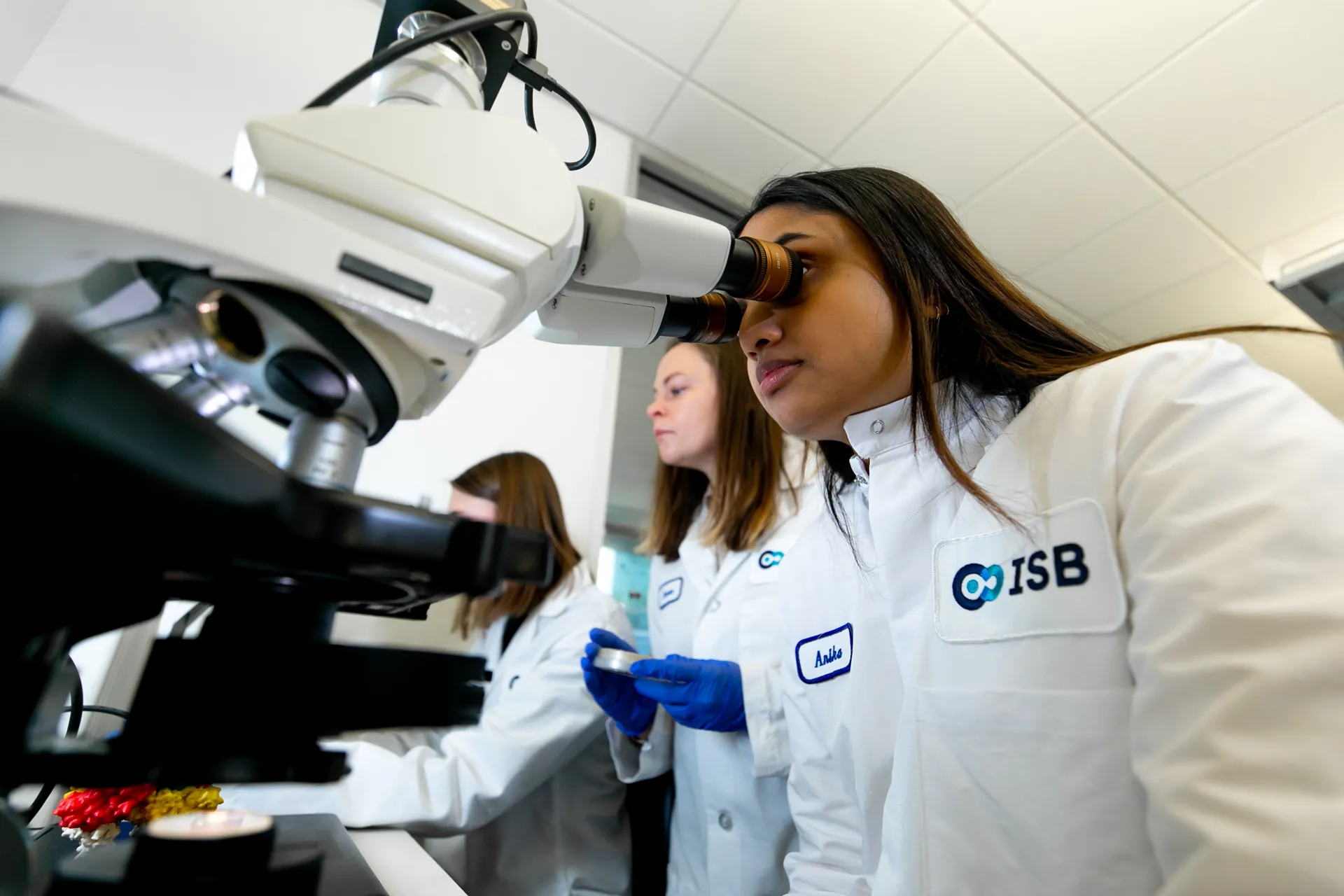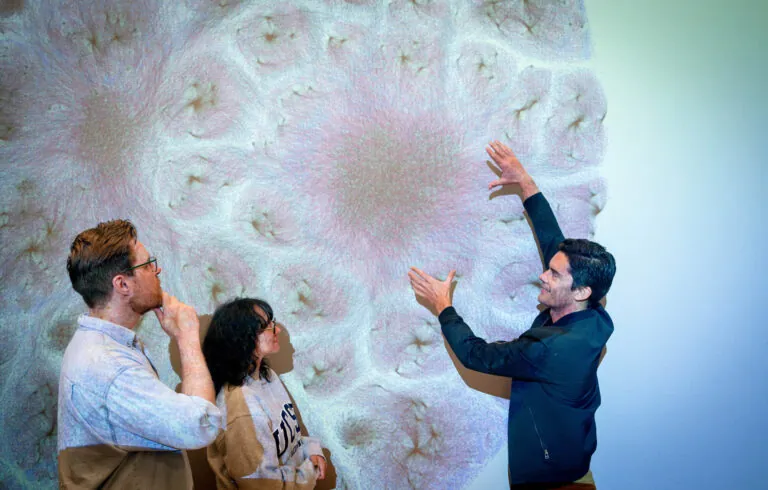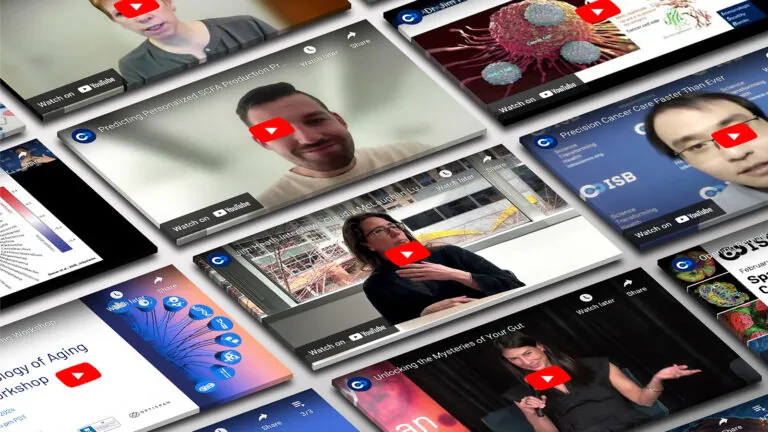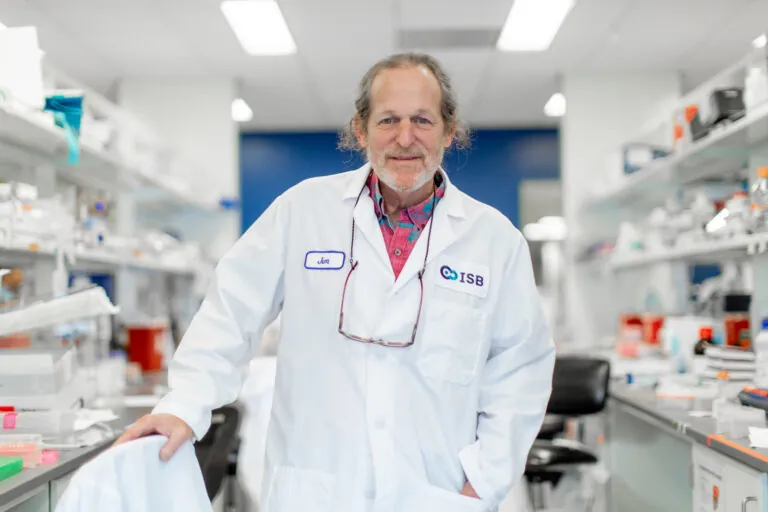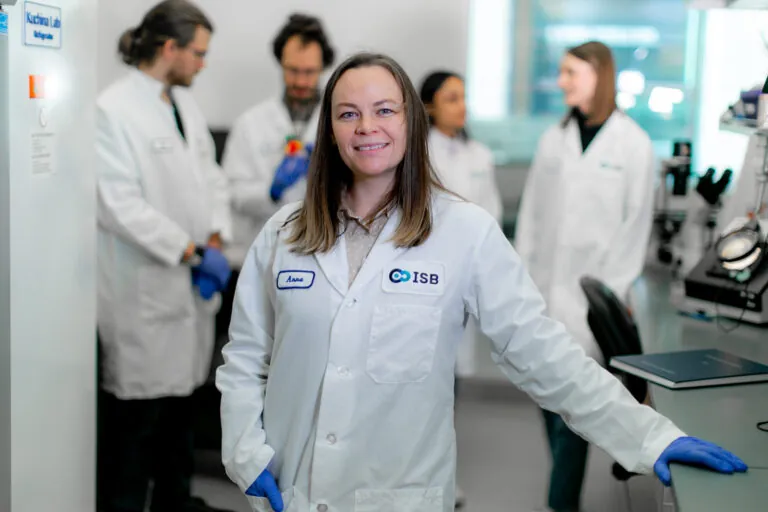
2024-25 School Year ISB Education Highlights
In the December installment of the 2024-25 academic year roundup, we detail lab kits ISB Education sent out to schools across the nation, uplifting quotes from teachers who worked with ISB Education this fall, and additions to the LASER Leadership Team.


